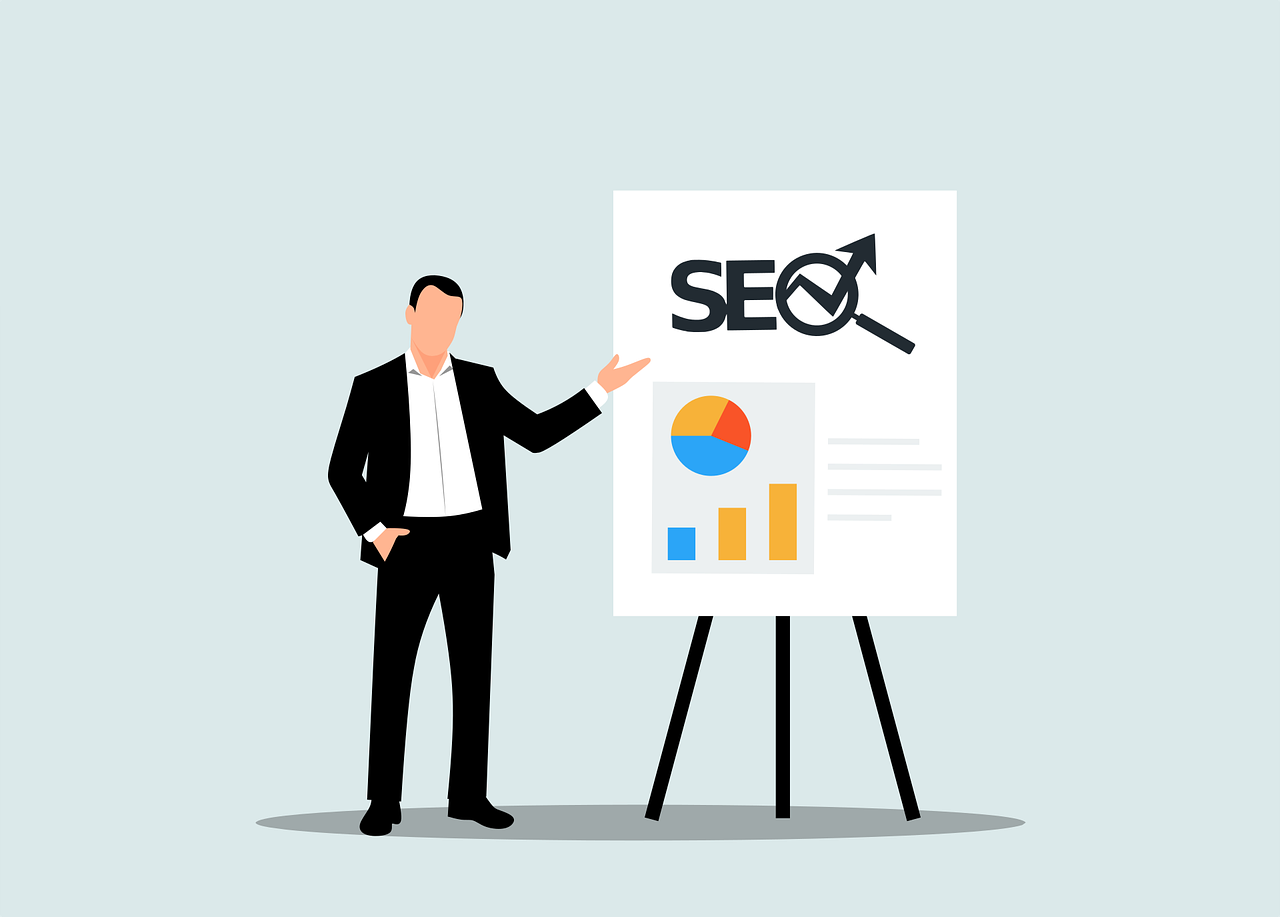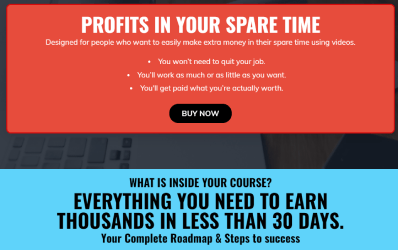What is On-Page SEO?
On-page SEO, also referred to as “on-site SEO,” involves optimizing the content of a web page for both search engines and users. Typical on-page SEO methods include optimizing the titles tags, content, internal links, and URLs.
This is distinct from off-page SEO, wherein the optimization is focused on signals occurring outside of your website, such as backlinks.
On-page vs off-page SEO
To grasp the distinction between on-page and off-page SEO, it is ideal to revisit the fundamentals of SEO. SEO can be categorized into three main types:
- On-page SEO refers to efforts made directly to the page you’re trying to optimize, such as improving its content or adding keywords.
- Off-page SEO refers to efforts made on other pages of your site, or with other sites, to help your page to rank, such as with backlinking, listings, social promotion, guest posting, PR, and more.
- Technical SEO refers to efforts involving the site’s source code, sitemap, speed, security, structured data, and more words that don’t begin with S. While the overlapping circles look nice, they’re presented that way because these efforts are all interconnected. For example, you’re not going to get backlinks (off-page) if your page content isn’t quality (on-page), and compressing images (on-page) helps with page speed (technical).
Why is On-Page SEO Important?
Does on-page SEO continue to have an impact in 2023, according to tradition?
Yes, even though Google is now much more intelligent than it used to be, they still rely on traditional methods such as searching for a particular keyword on your webpage.
With that being stated:
There is more to on-page SEO than simply inserting keywords into the HTML of your page.
In order to achieve a high ranking for your content in 2023, it is important to optimize your content for:
- User experience
- Bounce Rate and Dwell Time
- Search Intent
- Page loading speed
- Click-through-rate
This brings us to chapter 2…
Optimize Your Content for SEO
After understanding the importance of on-page SEO, it is now time for you to begin optimizing your content.
In this chapter, I will demonstrate the process of keyword optimization for each page on your website.
If you have ever had the question of how to effectively use keywords on your page, you will find the practical tips in this chapter highly valuable.
Use Your Target Keyword In The First 100 Words
This is a traditional on-page SEO tactic that continues to have an impact.
In order to maintain the same meaning, simply rephrase the text below while following a step-by-step approach. Be sure to include your main keyword once within the first 100-150 words of your article. Do not introduce new information or eliminate any existing information.
In my article focusing on the keyword “email marketing,” I immediately introduced the keyword in the beginning.
What is the significance of this?
When it comes to search rankings, Google places greater importance on terms that are presented at the beginning of your page.
Would it be logical to use the term “keto diet” in the middle of the page if your article specifically focused on The Keto Diet?
Absolutely not.
Including your keyword within the first 100 words of your content is important as it aids Google in comprehending the overall topic of your webpage.
Wrap Your Blog Post Title in an H1 Tag
The H1 tag can be considered as a small version of the title tag.
Google has stated that utilizing an H1 tag aids in Google’s comprehension of the page’s structure.
If your blog post title is automatically assigned the H1 tag by the platform you are using, then you do not need to make any additional changes.
However, this is not always true. It is important to verify the code of your website to ensure that the title is enclosed in an H1 tag, and the keyword is contained within that H1 tag.
Wrap Subheadings in H2 Tags
Step-by-Step Rephrasing
The given text should be rephrased step by step, ensuring that the meaning remains unchanged. It is important to not add any new information or remove any existing information. Additionally, one of the subheadings should include the target keyword and be wrapped in an H2 tag.
Does the use of an H2 tag significantly impact your on-page SEO?
No, it won’t cause any harm. However, based on my personal SEO experiments, I have discovered that using an H2 tag around your target keyword can have an impact.
Keyword Frequency
The keyword frequency is simply the number of times your keyword is present in your content.
While Google may deny the effectiveness of repeating the same keyword multiple times, experienced SEO professionals strongly affirm its effectiveness.
Consider it in this manner:
Imagine having a page that Google PERCEIVES as being related to a particular keyword, even though that keyword is only mentioned once on the page.
To what extent can they be certain that the page pertains to that keyword? Not particularly high.
Google can have a higher level of certainty about the topic of a page if the keyword is mentioned 10 times on that page.
To clarify, rephrase the following text step by step while keeping the same meaning. Please do not include any new information and do not omit any information.
The point is not related to the practice of keyword stuffing or any similar behavior.
The text emphasizes the importance of mentioning your target keyword multiple times in order to reassure Google that your page is indeed focused on that specific topic.
Content quality
Google describes thin content as content that is not genuine and lacks value, such as automatically generated text, affiliate pages with little content, plagiarized material, and pages created solely for search engine optimization purposes.
If your page doesn’t meet the criteria mentioned above, it does not imply that your content is not thin. The crucial term to consider is “value.” In order for your page to rank for its targeted keyword, it must be:
- Trustworthy: information is accurate and delivers on the promise of the headline.
- Useful: provides the information a user is seeking when they search that keyword.
- Actionable: all “what”s should be accompanied by “how”s, even if that means a link to a separate resource.
- Readable: information is organized, scannable via headers, reads like a human wrote it, and text is broken up by images, bullets, call-out quotes, and other visual elements.
- Adequate length: if the page you’re optimizing is a blog post, aim for at least 1,500 words. Hubspot recommends 2,100-2,400 words based on the average length of its top 50 blog posts, but also mentions that a third of those top posts were less than 1,500 words. We talk more about how long a blog post should be here.
- Free of fluff: i.e., it does not use many words to say little.
Images
Images are considered as on-page optimization because they help in retaining reader engagement on a webpage, which influences the ranking. However, there are additional aspects associated with images that may not be obvious. Below is a checklist for optimizing images.
- Optimize for speed: Resize your images so their width doesn’t exceed the maximum width of the page (your site will resize them automatically, but this still requires requests to the server), and compress them to reduce file size without sacrificing quality (I use tinypng.com because it’s fast, free, and has a cute panda on it.) If you have a particularly large site with lots of images, you may want to look into a content delivery network (CDN).
- Add alt text: This is the text alternative of an image. This is how you tell Google (and how screen readers can tell the visually impaired) what your image is about, and should contain the keyword you’re targeting.
- Convey value: Use images to illustrate the concepts on your page, such as with graphs, screenshots, and even your own illustrations (how to use Canva here!) not empty graphics.
- Don’t replace text with images: Alt text is only meant to be a few words, so when you’re using an image to convey information relevant to the keyword you’re targeting, make sure that information is also written out in the body text of the page.
- Optimize filename: The name of the image file you upload to your page should contain the keyword you’re targeting. Be sure also to replace spaces in the filename with dashes or underscores. Otherwise, they’ll get replaced with “%20” or some other jibberish that doesn’t look trustworthy and can impact your image’s ranking in image results.
URL
In most cases, all CMSs will produce a URL for your page automatically, which can be either the title you have provided or a series of numbers. It is advisable to modify this URL to:
- Contain the keyword you’re targeting
- Use dashes instead of spaces
- Keep it short. The keyword itself will suffice in almost all cases.
Links
In on-page SEO, there are two categories of links – internal links and external links, which are also known as backlinks. While we provide valuable insights on linking in our 10-step SEO audit, let’s go through the fundamental details.
External links
One on-page SEO strategy is to include links on your page that direct users to other domains. It is beneficial to link to websites with a high domain authority and relevant content, as this can increase trust in your page by Google. Brian Dean suggests in his SEO techniques post that it is ideal to include at least 3 links to high-quality domains.
Internal links
Ensure that your webpage contains internal links directing the reader to other pages on your site. Additionally, ensure that other pages on your site include links to the page you are currently optimizing.
When linking in any case, make sure the anchor text is related to the page you are linking to and includes the targeted keyword. This not only improves user experience but also increases the likelihood of your page ranking higher when more links use the keyword as the anchor text.
A *few* technical optimizations
Though this is not a technical SEO checklist, it is essential to understand that the various aspects of SEO are interrelated. The following suggestions are prerequisites that should have been implemented already. However, occasional glitches may arise, which can be easily identified and resolved if your page is not meeting your performance expectations.
- Mobile-friendliness: Your site as a whole should be built with responsive design—meaning it will adjust to any screen size—but sometimes, elements fall through the cracks. If you’ve embedded a video or added a table to your page, for example, double-check to make sure it’s appearing properly on mobile.
- Crawlability: Your page can’t rank if it’s not indexed. And it can’t be indexed if it’s not crawlable. If your website shows up on the SERP, it’s indexed. But sometimes, blog posts or pages get accidentally unindexed for one reason or another. If a page is getting unexpectedly low traffic, check the back end of the page in your CMS to make sure indexing isn’t turned off. If it isn’t, you can use Search Console to troubleshoot.
- Social share buttons: This is done at the site level, usually through a plugin, and makes it easier for others to amplify your content. Just make sure the plugin doesn’t slow down your site.
- Page speed: Page speed is a ranking factor, and oversized images aren’t the only thing that can drag a page down.





